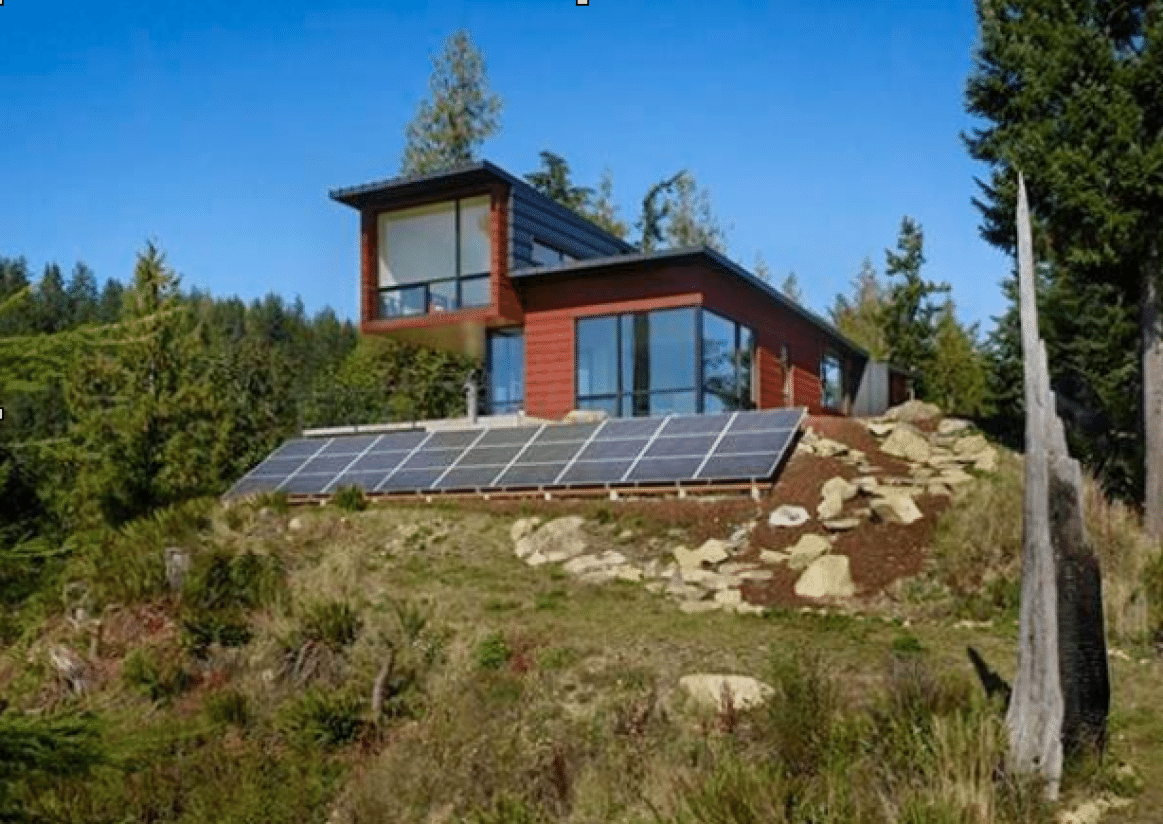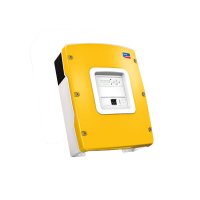
Volume 1 - SOLAR OFF-GRID BASICS
Introduction
Over the next few months I will discuss with you the topic of off-grid solar systems. The impetus of developing these articles centers around the growing trend of individuals who desire to become less dependent on their utility grid.
There are a number of system types that can be considered when making this move toward energy independence. Some of the questions that you want to start thinking about are:
Do I want my home to be completely off-grid or do I want the ability to have grid power should the need arise?
I have already installed a grid-tied PV system on my home, can I use my existing system and still have the ability to go off-grid?
I’m not sure I’m ready to invest in a battery based system; however, I would like to plan on adding that to my future or existing PV system. What options are there for me?
Now that you have started to think about these questions and which of these applies mostly to your situation we can begin to understand how these relate to the different types of off-grid PV systems.
System Types
There are a few basic types of off-grid systems to consider when evaluating the prospect of taking your home off-grid. The types of systems are; PV-Direct, Off-grid and Hybrid. Each of these types have different attributes that define what they are able to do. Each serves a specific purpose and is chosen by the needs that you require.
PV-Direct System
The PV-Direct system is this simplest of all off-grid systems. It contains the least amount of equipment and is therefore less costly than other off-grid systems types. Essentially the only components that are required are PV modules, disconnects/fuses/breakers, and the load.
The PV-Direct systems are a good consideration if you have devices which are DC powered and are remote. These could be well-pumps, dc-fan motors or any other DC powered device. The limitations to these systems are that they can only be powered when the solar resource is available. This makes them unsuitable for an off-grid home, but can still be considered if your off-grid home is remote and you have a well-pump or perhaps a greenhouse which requires ventilation.
Off-Grid System
The next type of systems is the Off-grid system. This is the most commonly thought of because it describes a home which is completely isolated from the utility grid by choice or necessity. These systems contain more components than the PV-Direct system and by extension more energy usability because one of the primary components is energy storage (batteries).
Before I go further, I want to mention here that there are two types of systems that can be considered in an off-grid system. Those may be either DC coupled or AC coupled. I will cover both of these system types in more detail in a later article to help further explain the advantages of each and when they should be employed.
Off-grid systems are most common for homes that are in remote locations or in areas that are too far from a utility service where the cost of running utility service would be cost prohibitive. These circumstances are where off-grid PV systems are a great option to consider when traditionally you would need to rely on some type of fossil fuel or natural gas commodity to run a generator, which can be expensive and not environmentally friendly.
The main components of an off-grid system are the PV modules, charge controller, battery bank, battery management, DC/AC inverter and electrical safety equipment. You can also consider adding or keeping the aforementioned generator if the loads you wish to power require that extra boost, your batteries need an extra charge or you are really conservative and would like to have it just in-case.
Hybrid System
Finally, the last type of off-grid system is the Hybrid system. Now, this could be considered to be a misnomer because it is in fact both an off-grid system and a grid-tied system. These systems are designed to use both PV and the utility grid to supply the loads of the home and the battery bank with power.
It is a fantastic option for a home that has utility service and either a new or existing PV system. The advantages are that when the utility goes down you still have a back-up power source waiting in the wings to supply your dedicated loads with power until the utility service returns.
The basic components of the hybrid system are the PV modules, charge controller, battery bank, battery management, DC/AC inverter and electrical safety equipment. These would be the typical components of a hybrid system, however there are other configurations to consider as options in the event you already have installed a grid-tied PV system. So if this is the case for your home, don’t fret, I will cover this topic in a future article.
If you are planning to install a PV system and intend to add a battery based system to your home in the future, but do not wish to invest in the batteries and equipment now and still wish to have some back-up power when the grid is down, consider using SMA’s Sunny Boy 3000TL-US/ 3800TL-US/4000TL-US/5000TL-US/6000TL-US inverters. These are grid-tied inverter with the added benefit of the secure power supply feature that can supply a limited (1,500W @120V/15A) amount of backup power when the grid goes down and the solar resource is available.
Summary
Now that we have covered the three basic types of off-grid systems you can start to think about which of these systems is right for you and your home or project.
PV-Direct: Excellent choice for remote water-pumping and greenhouse ventilation.
Off-Grid: Perfect option for remote homes where utility power is too costly or unavailable and where fossil fuels are not desirable.
Hybrid: A great choice for homes that already have utility service and/or existing grid-tied PV system.
In future articles, I will cover in greater detail Off-Grid system configurations as well as Hybrid system configurations as there are different approaches to designing these system types. Those designs are driven by what will be required of the system based on the loads, the availability of utility service, and any pre-existing equipment (PV, wind, hydro and generators). Please feel free to add questions that you may have that relate to this topic in the comments section and I will try to address these in the next volume of “Going Off-Grid with Solar”.
Going Off-Grid with Solar Volume 2
